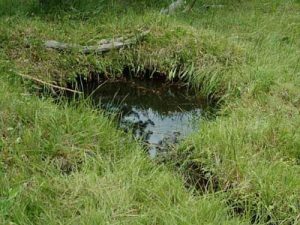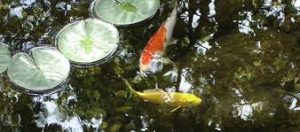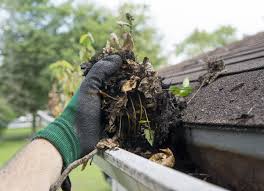
They are the peskiest of pests, and they are at their height of peskiness during August. But there are ways to control the mosquito population in your yard. It’s not only their itchy bites that are problematic, but there is also need for worry over the diseases they carry.
Armed with the right knowledge, you make it a fair fight and hopefully come close to winning the battle against these annoying summer visitors.
It’s a well known fact that mosquitoes need water to breed, so the first step to reducing the population is to eliminate their breeding sources. There are many areas in your yard that provide these areas to mosquitoes. Some are obvious and others are not so obvious. It’s not just standing water, it’s also overly moist areas of soil, mulch and leaf debris. Find the sources, eliminate them and you will see a huge decrease in the mosquitoes occupying your yard.

Find the areas in your yard that are not draining properly. After a strong rain, do you have areas where water stands for more than a couple of days? If you, you will need to regrade these areas to allow the rain to drain properly and absolve the puddling problem. These areas are perfect for mosquito breeding, and should quickly be addressed.
Identify all the items in your yard that hold water. This includes birdbaths, the drainage saucers under your potted plants, pet bowls, and any other items that have the ability to hold water.

If you have an fish or ornamental pond in your yard, be sure to keep the water moving. Use an aerating device to keep the water movement to prevent mosquitoes from laying eggs. If you keep fish in your pond, be certain to add some fish who will dine on mosquito larvae. These include common goldfish, killifish and guppies. They are known to eat larvae and are community fish and will live gracefully with your other pond dwellers.

A pond with no fish will benefit with the addition of gambusia affinis or mosquito fish. Because they are aggressive toward other fish, they have to be the sole inhabitants of your pond. About one inch long, they look like guppies and have a ferocious appetite for mosquito larvae. One thing to be aware of is that they will also ravage the dragonfly larvae in your pond, which will happily feast on the mosquito larvae, although not at a rate even close to the mosquito fish.

Most people don’t think about their gutters when thinking of breeding grounds for mosquitoes. A collection of built up leaves in your gutters stores just enough water to make these areas an optimal spot for mosquitoes to leave their larvae. Keep the gutters clean and be sure there are no clogs.

If you’ve got a swimming pool, then you’ll want to ensure it’s chlorinated properly. Don’t let the chlorine levels drop or mosquitoes will be sure to make it a new home.
To keep the breeding mosquitoes away from your yard, be sure and keep your grass mowed. Mosquitoes like to hang out in the weeds during the day and if the lawn is tall and the weeds are many, the mosquito population in the evening will certainly show it.

Now that we’ve told you what does work, let’s discuss what doesn’t work.
Bug zappers. They kill other bugs, but don’t count on them for mosquitoes. Mosquitoes are not attracted to bug zappers. Period.
The most important way to control the mosquito population is to limit standing water. Be aware of the spots in your yard that could attract mosquitoes and do what’s necessary to alleviate the problem.
